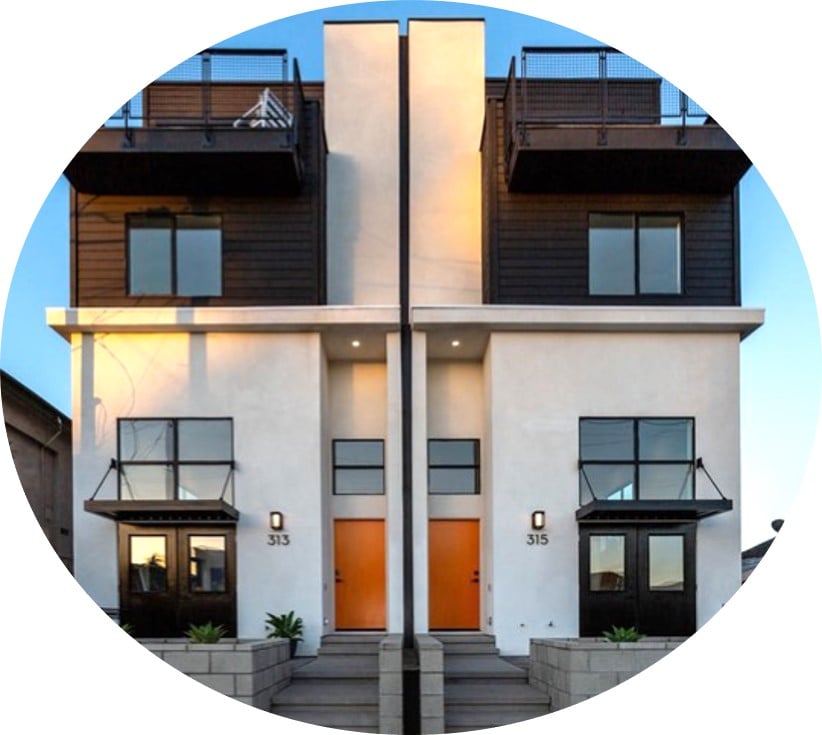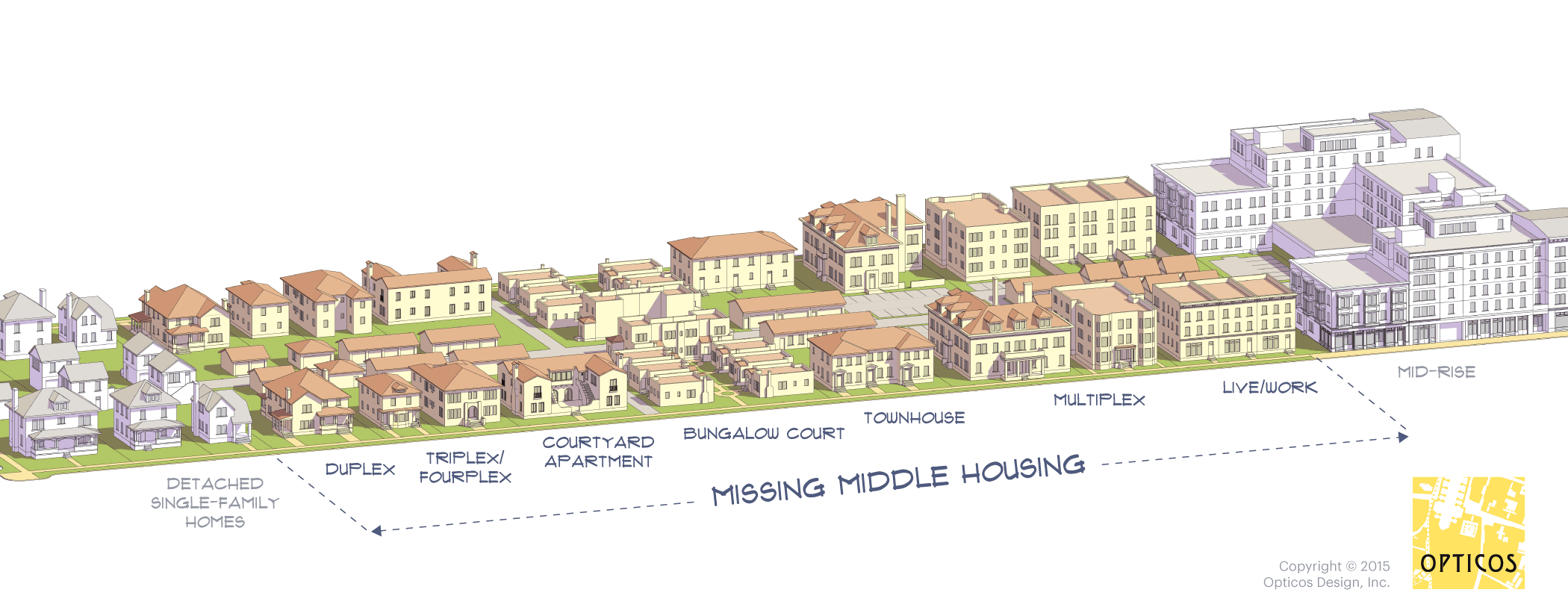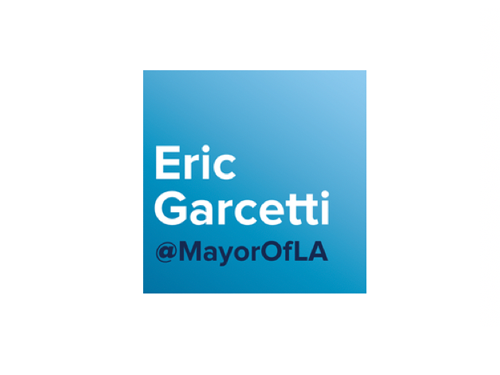Missing Middle

Missing Middle Housing
The Missing Middle Housing types provide diverse housing options, such as duplexes, fourplexes, and bungalow courts, that fit seamlessly into low-rise walkable neighborhoods and support walkability, locally-serving retail, and public transportation options. They provide solutions along a spectrum of affordability to address the mismatch between the available U.S. housing stock and shifting demographics combined with the growing demand for walkability. Less restrictive zoning would allow for more of what’s been termed “missing middle housing” and provide more solutions to an increasingly diverse range of income and generational housing needs.
As of 2014, according to the U.S. Census Bureau, 63 percent of the nation’s 117 million occupied housing units were detached homes. Another 13 percent were apartments in buildings with 10 or more units. Only about 19 percent of America’s housing stock is composed of all the types in between, from attached single-family (aka townhouse) up to nine-unit multiplex.
Opticos Design founder Daniel Parolek inspired a new movement for housing choice in 2010 when he coined the term “Missing Middle Housing,” a transformative concept that highlights a time-proven and beloved way to provide more housing and more housing choices in sustainable, walkable places. For more information on Missing Middle Housing types, characteristics and zoning questions, please visit www.MissingMiddleHousing.com.
Companies
Home Tours
Coming Soon
SOURCES
Missing Middle is a term coined in 2010 by Daniel Parolek, an architect and urban planner in Berkeley, California, who heads a small firm called Opticos Design.









 NEXT
NEXT






